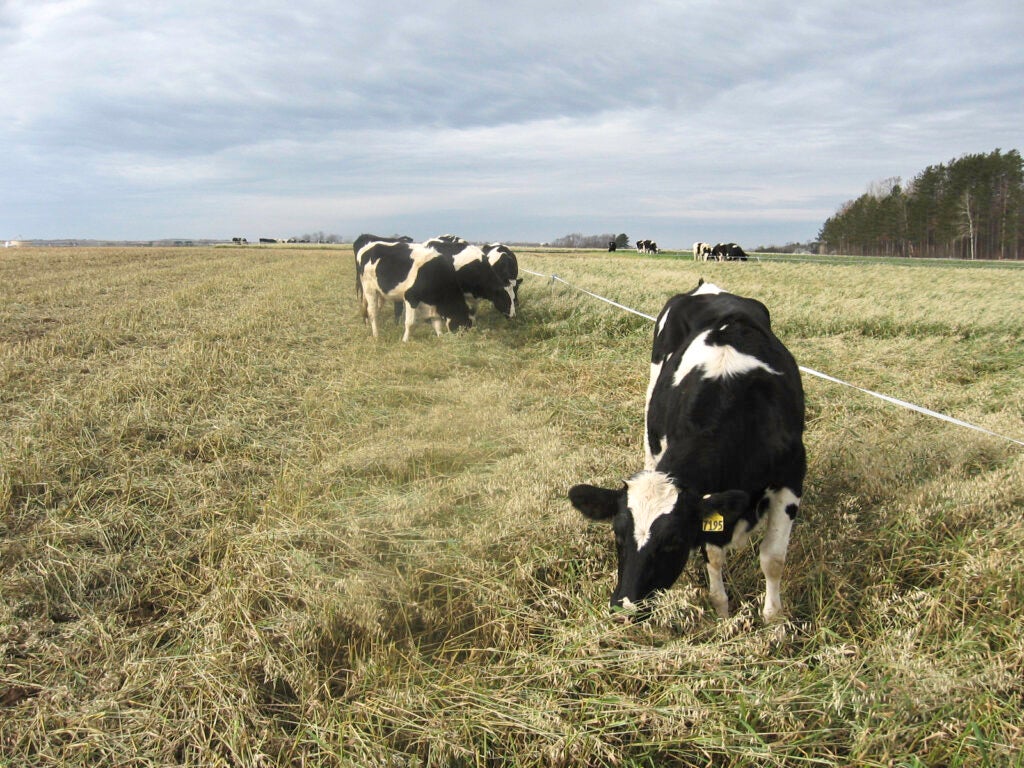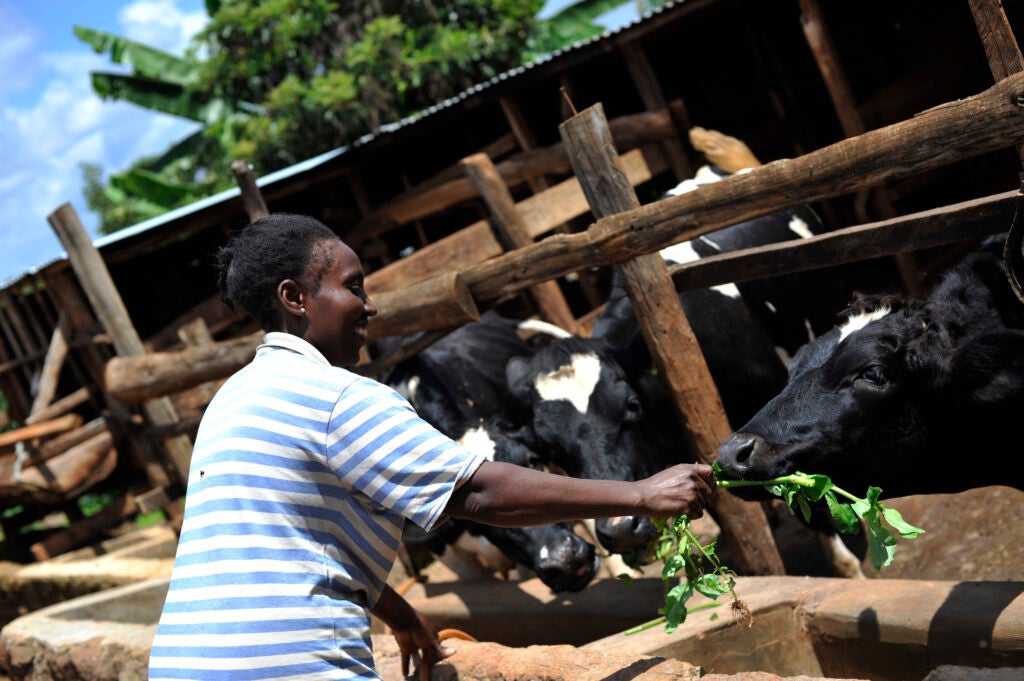Dairy and beef producers are feeling the strain of heat waves — and so are their animals. Longer, hotter summers are making it harder for cows to stay healthy and productive. Heat stress lowers milk yields, weakens cows’ immune systems and can even threaten fertility.
For farmers, the impacts go beyond animal health: heat stress reduces milk yields and fertility in cows, which translates directly into financial losses from lower production and higher management costs. Lower productivity also increases the methane intensity of any milk or meat produced.
But across the world, producers, veterinarians and nutritionists are responding with new tools and time-tested strategies to help livestock cope. These solutions matter not only for animal health, but for food security, rural livelihoods and climate resilience.















